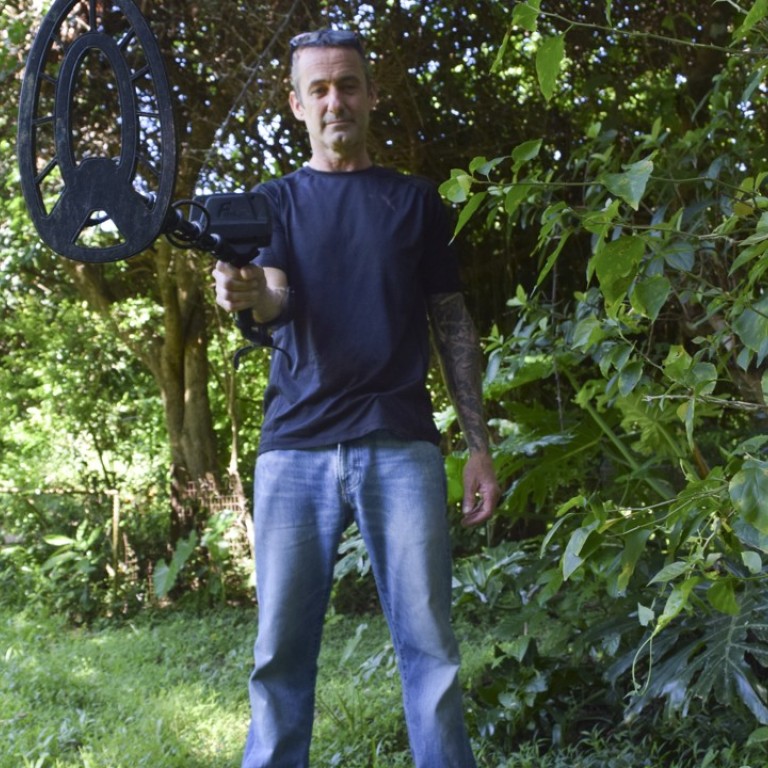
Wartime Canadian soldier’s watch find on Hong Kong hillside is reward for enthusiasts out to keep alive memories of lives lost
Dave Willott searches Hong Kong battle sites with a metal detector for second world war relics, and unearthing watch of a young private killed in desperate last days of defence against Japanese invaders inspires him to keep on looking
It was on a humid spring morning above the daily hubbub of Hong Kong Island when time rolled back more than seven decades to give a momentary glimpse into the desperate dying minutes of 21-year-old Private Ray Jackson.
Dave Willott was battling through dense undergrowth with his metal detector on Stone Hill in Stanley – scene of a heroic but futile last stand against the Japanese by Canadian soldiers in 1941 – when Jackson’s wristwatch winked up at him from the weather-baked mud.
He came from a farm in Canada and ended up dying on a humid hillside in Hong Kong ... Those soldiers must have wondered what they were fighting for
The watch casing with its simple inscription “Pte Ray D. Jackson B68205” has been sent to the grateful family of the young man who left his home on a farm in Ontario 76 years ago to die a terrifying death on a shell-scarred hillside during the Battle of Hong Kong.
For Willott and his team of five fellow metal detecting enthusiasts who scour Hong Kong’s second world war battle sites for historic relics, the discovery was the best possible reward for their work to keep alive the memories of the lives lost in the war years.
“I’d been up to Stone Hill a dozen times before but these places are big and hard to search,” says Willott, 51, recalling his March find. “There is dense foliage and sometimes you find yourself crawling through undergrowth.”
He says he had been up the hill a couple of times the previous week, and for some reason had a feeling he was going to find something special.
“The first thing I found was a metal water bottle. It’s unusual to find a big item like that on the surface so I had a feeling I was onto something. There were belt buckles and a lighter, then I looked two or three feet down the slope and I could see something shining.
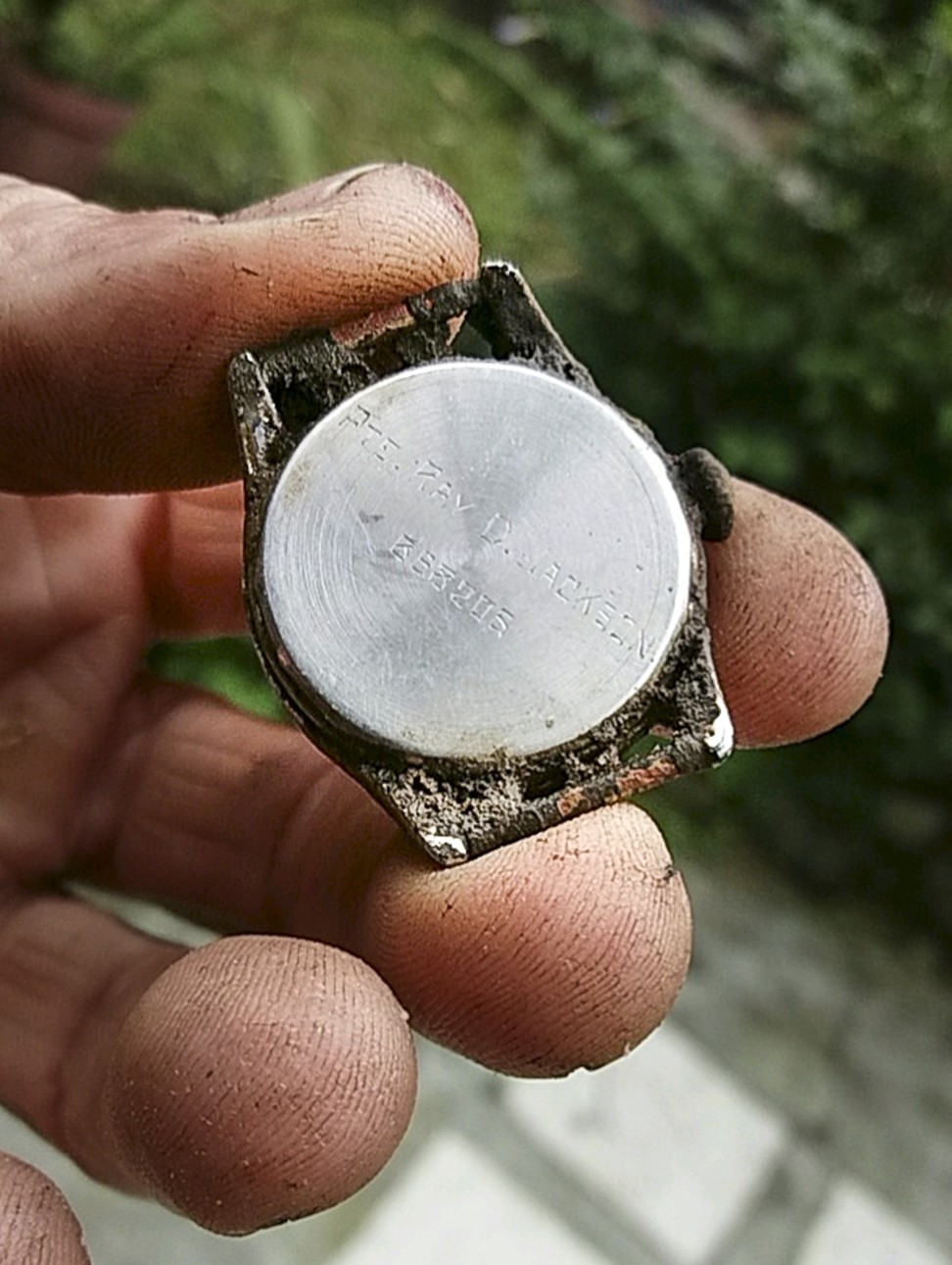
“I went up to it, and as I got close it was on the surface, face-side down. At first I wasn’t too excited because you find a lot of bottle tops and stuff hikers throw away. But when I reached down and picked it up I realised it was a watch.
“I could make out something on the back which got my heart beating faster. I realised it was engraved and as soon as I saw the name Jackson I started getting excited. I realised what it was and I thought ‘This is brilliant’. I had a smile from ear to ear, and I knew I’d found something that would really mean something to a family somewhere.”
Stone Hill’s location overlooking Stanley made it an important point to defend
Jackson was reported missing in action as he and his colleagues, who had only arrived from Canada weeks earlier, were overrun by battle-hardened Japanese troops on Stone Hill on December 23, 1941.
He was one of about 2,000 Canadian soldiers sent to support British troops, preparing for an onslaught by Japanese forces as they seized huge swathes of territory across Asia. About 300 Canadian soldiers perished and hundreds more were taken as prisoners of war.
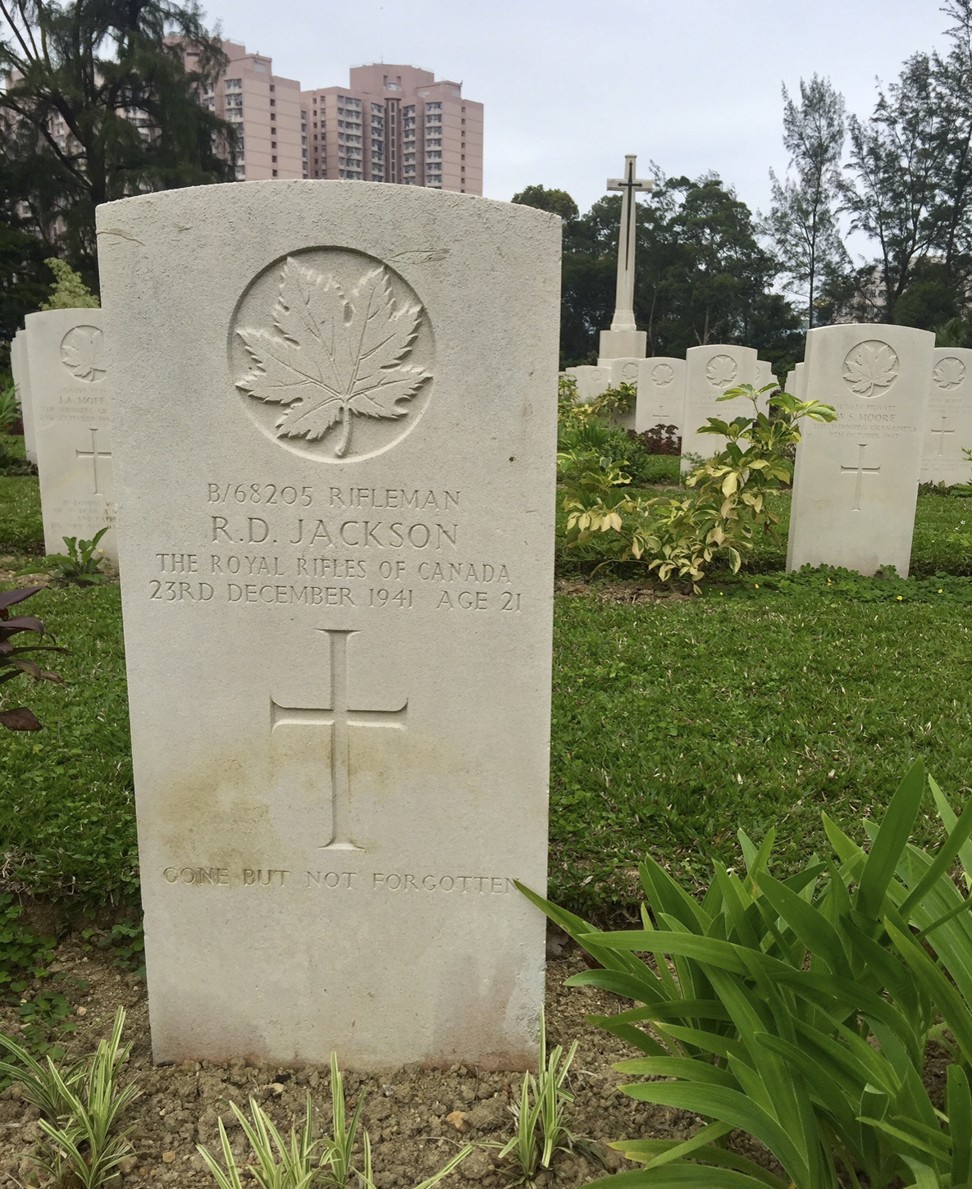
“Just because his watch is there doesn’t mean that’s where he died,” Willott says. “You find sites with lots of mixed stuff, where Japanese soldiers may have sorted through things and cast stuff aside.”
As soon as he got home, Willott emailed a picture of the watch to his fellow “detectorists”, who contacted the Hong Kong Veterans Commemorative Association in Canada. Three quarters of a century had passed, but within 24 hours they’d unearthed the soldier’s story.
Jackson was adopted as an infant by Ontario farmers George and Charlotte Jackson, and died leaving behind no wife or children. The couple had an older daughter of their own, Ida, who was 17 years older than her adopted brother.
She married in 1925 and Jackson’s closest surviving relative is Steve Burgess, Ida’s grandson. Burgess was astonished to be contacted by the veterans association and told of the discovery of his great-uncle’s watch in Hong Kong, thinking at first that it was a prank.
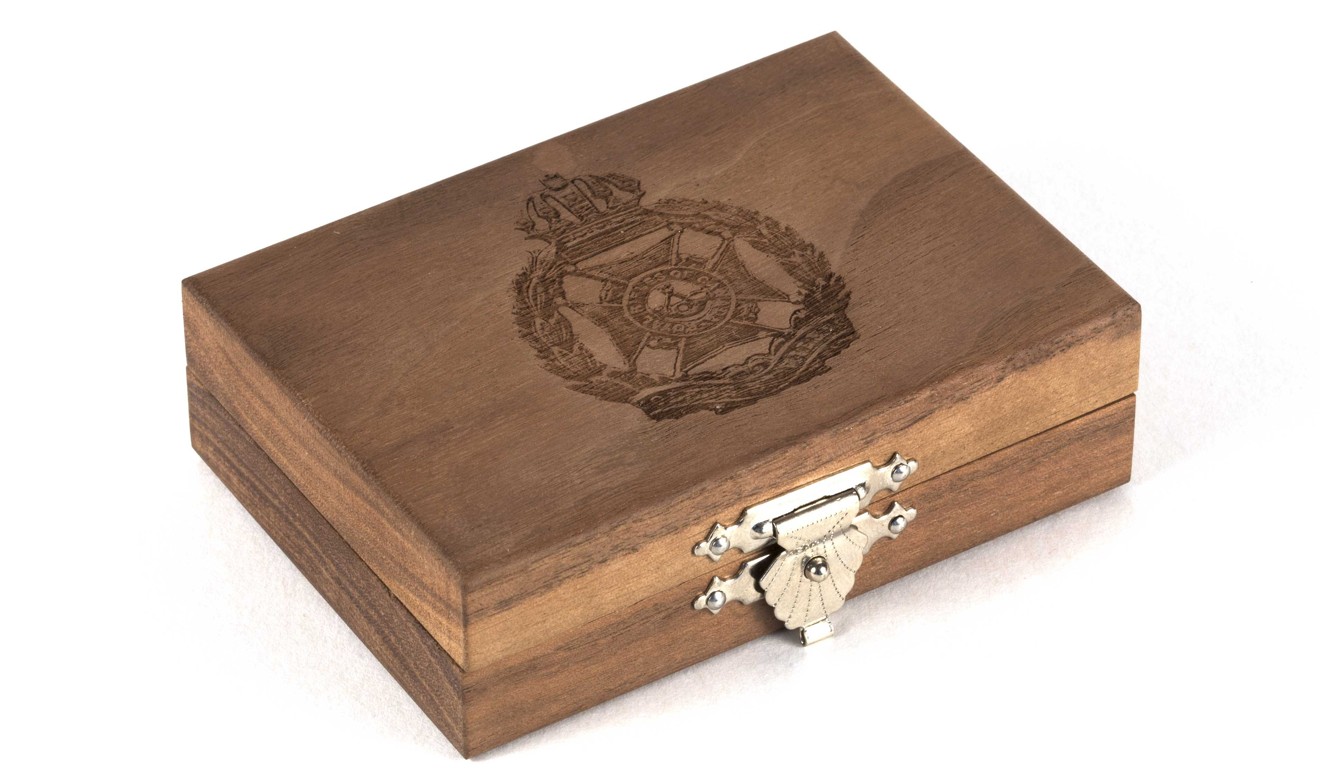
There has got to be more stuff up there and we’re thrilled at the reaction we’ve had to the discovery of [Private] Jackson’s watch
In an interview with his local newspaper afterwards, an emotional Burgess described the discovery as “mind-boggling”. “Seventy five years and a round trip of tens of thousands of kilometres – to survive all that and actually come home to a family member,” he said. “What forces of the universe brought this together?”
Burgess thanked the Hong Kong group for finding his great-uncle’s watch and treating it with such love and care, and added: “This piece of family history will be cherished not only by me, but by my entire family.”
Briton Willott, best known for his exploits as a professional snake catcher, is boyish in his enthusiasm for metal detecting on Hong Kong’s second world war battlegrounds.
“When you find something, it’s like unwrapping a present at Christmas,” he says. “You get a hit and from the sound your machine makes you get a rough idea of what size it is and what it might be. It’s the anticipation that makes it exciting. Most of the time it’s a piece of rubbish, but just occasionally you find something special.
“I’ve spent hundreds of hours doing this. My wife doesn’t mind. She’d probably prefer it if I went out and found something valuable, but that isn’t what it’s about. That watch is exactly the kind of thing we as a group look for. We love to reunite things with relatives. It means a lot to us and it means a lot to them.”
The discovery of Jackson’s watch and the resurrected story of his personal tragedy after all these years is a poignant reminder of the human toll of a global conflict that briefly but devastatingly engulfed Hong Kong.
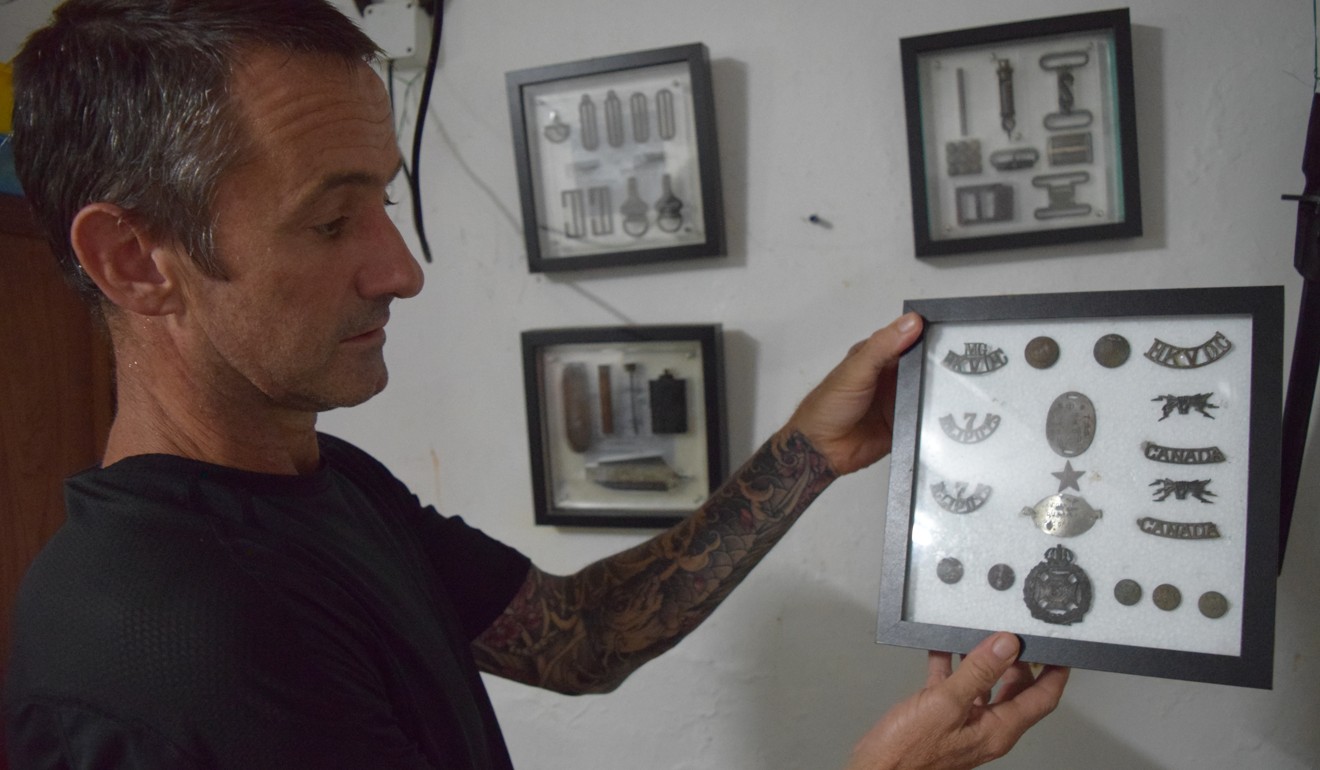
“It’s awful to think what he must have gone through. He came from a farm in Canada and ended up dying on a humid hillside in Hong Kong. It must have been horrific. Those soldiers must have wondered what they were fighting for. They were just kids.”
For the Hong Kong group – who unofficially call themselves “detectorists” after the hit BBC comedy about a group of metal detector enthusiasts – the search for relics from Hong Kong’s battlefields has been given added momentum by Jackson’s story.
Their searches are treacherous because of the unexploded ordinance and hand grenades littering the battle scenes, and they are anxious that inexperienced metal detector users do not stray into the areas to hunt for souvenirs.

“It’s definitely inspired us,” Willott says. “I can’t wait for the cool weather to return so I get back up there. It’s such a big area and the areas we have searched are normally 20 metres either side of the path, but that area is probably the size of a football pitch.
“There has got to be more stuff up there and we’re thrilled at the reaction we’ve had to the discovery of Jackson’s watch. Seeing the smiles and the tears that these small pieces of Hong Kong history generate makes all of us feel good.”

A brief but bloody struggle
The Battle of Hong Kong raged from December 8 to December 25, 1941. The British garrison of local and British troops, supported by Canadian and Indian units drafted in when Japan’s advance seemed inevitable, came under ferocious attack on the same morning as the attack on Pearl Harbour, and were driven out of the New Territories within a week. Despite putting up fierce resistance, Hong Kong Island was lost and the British surrender declared less than a fortnight later. The Japanese lost about 1,900 men, while Allied casualties were 1,111 killed, 1,167 missing and 1,362 wounded. Many more of the Allied soldiers captured in Hong Kong later suffered and perished in Japan’s brutal prisoner-of-war camps.

